
Introduction
Plankton is the name given to a collection of tiny sea life that lives in the ocean. These minute organisms may be small, but they have a big role to play in maintaining the health of our oceans.
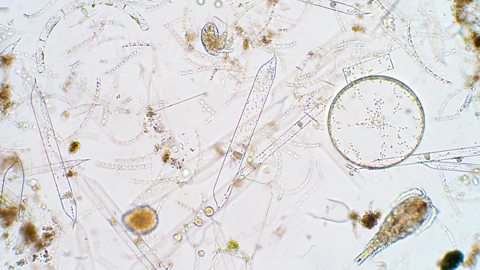
In fact, many scientists believe that these tiny plants and animals are amongst the most important in our seas. They may not look as impressive as whales or sharks, but they are responsible for much of the food that we eat and even the air that we breathe.
Murky water
Plankton include lots of different kinds of living things. They are a group of marine organisms that drift along with the currents. They often make the ocean around our coastline appear murky.
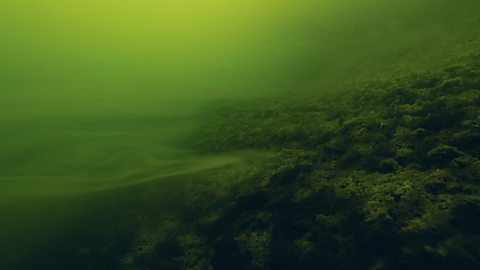
If the sea near you looks a bit green or brown this is a great sign as it means there is plenty of plankton drifting around.
How big is plankton?
As plankton is a collection of different types of organisms it also varies both in appearance and size. They can be microscopic and as small as 2 micrometres. That means that itās impossible to see them without using a powerful microscope. They can also be 20cm long, like this jellyfish.
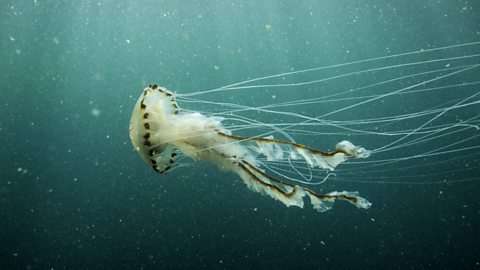
All types of plankton have one thing in common, they are unable to propel, or move themselves, against the current. That means they cannot swim well enough to move against these forces, so they drift along with the ocean.
Types of plankton
There are two types of plankton in our oceans - phytoplankton and zooplankton.
What are phytoplankton?
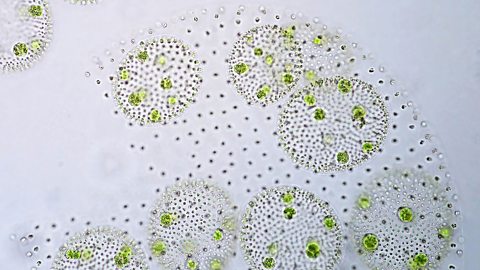
Phytoplankton are the smallest type of plankton. They are microscopic. That means you need a microscope to see them.
Phytoplankton carry out photosynthesis. This means that, just like leaves on trees, it is specially adapted to convert the sunās rays into the energy that it needs to survive. To do this effectively phytoplankton floats near the waterās surface.
What are zooplankton?
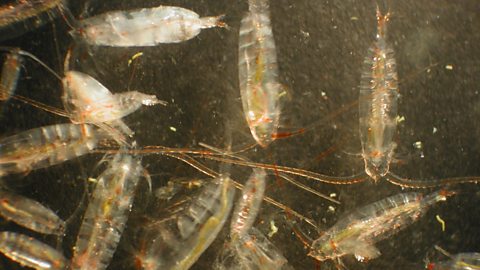
Zooplankton are small animals. They can be small like phytoplankton or they can be a bit bigger. They feed on the phytoplankton.
Did you know?
These huge spider crabs actually start life as tiny zooplankton.

Fish like tuna also start life as zooplankton and can grow to be as big as a polar bear.
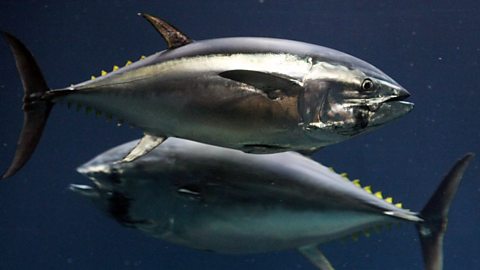
Plankton blooms
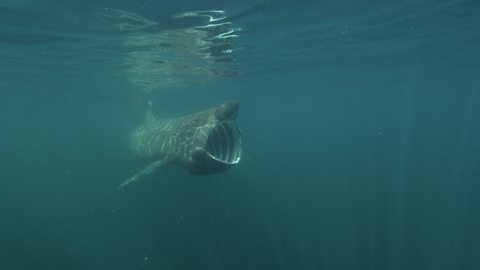
Plankton bunches together and forms a plankton bloom. These blooms provide food for a huge variety of species. Every summer basking sharks make their way to the Welsh coast to feast on these plankton blooms. These huge sharks travel with their large mouths open in order to pick up all the plankton floating in the water.
Humans and plankton
Plankton also has an environmental super-power. Like plants on land, phytoplankton takes in carbon dioxide and produces oxygen. In fact, these tiny organisms provide half of the oxygen that we breathe.
How does this work?
Video: Plankton are vitally important to the health of the ocean
Find out why the sea water is murky and learn about other animals that feed on plankton in our oceans.
Quiz: What is plankton and why is it so important?
Activity
What have you learnt about plankton? Use this information to make a fact file. Remember to note what are the most important facts.
Checklist:
- Remember to include images and descriptions.
- Present your information clearly and concisely.
- Think of your audience. Who will be reading your fact file? What do they need to know?
Good luck.

Where next?
What happens when plastics get into the ocean?
Find out what impact plastic waste has on wildlife in the sea.
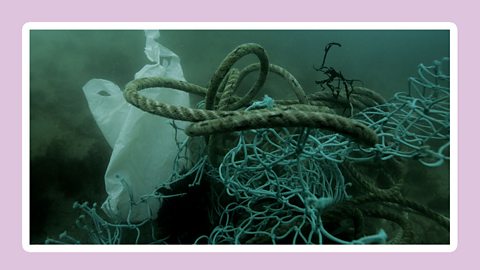
Can lobster fishing be sustainable?
How has fishing changed in Wales and how does this affect the food chain?
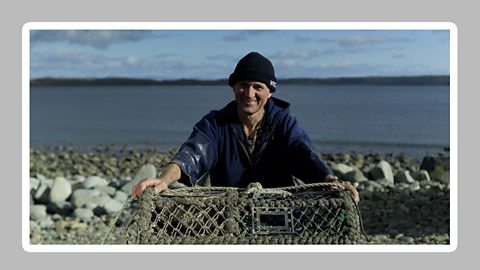
KS2 Sustainability
A collection of lessons for pupils aged 7 to 11
